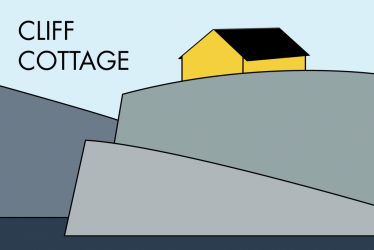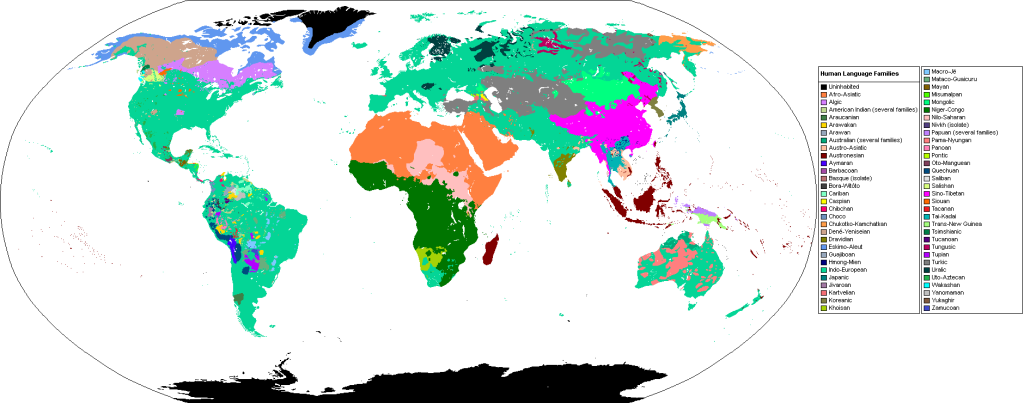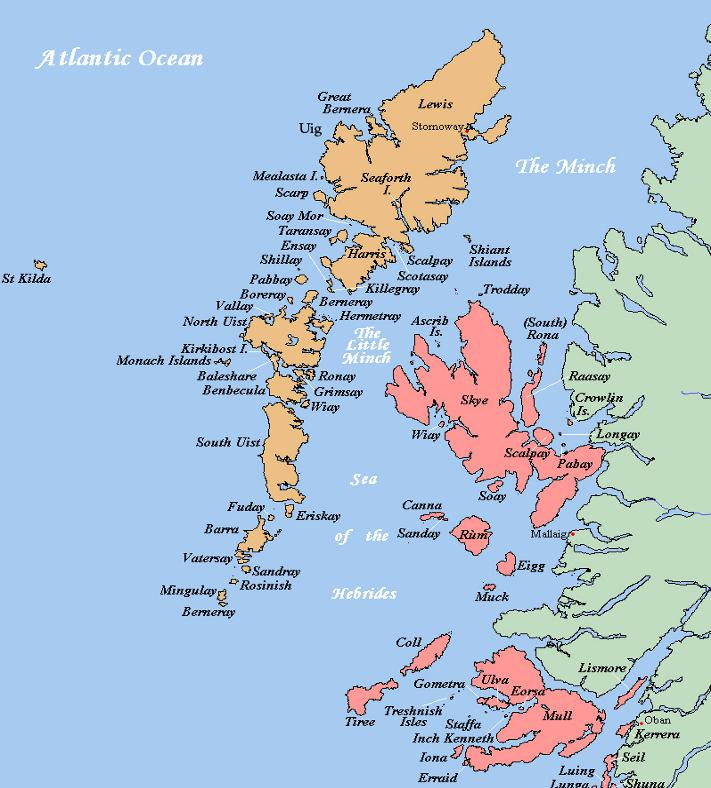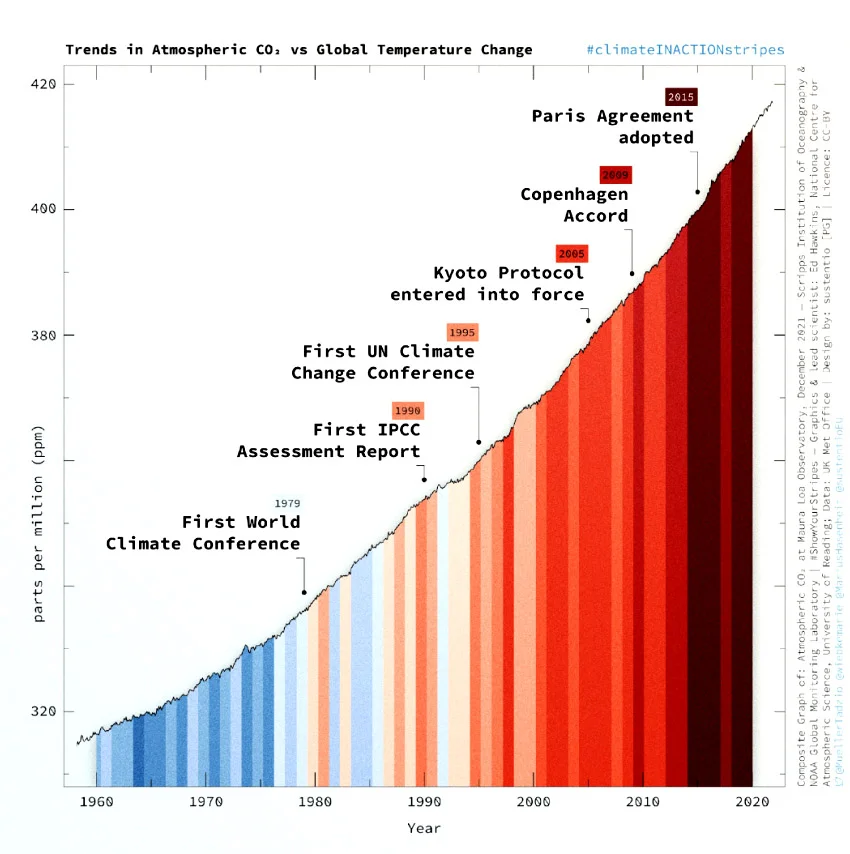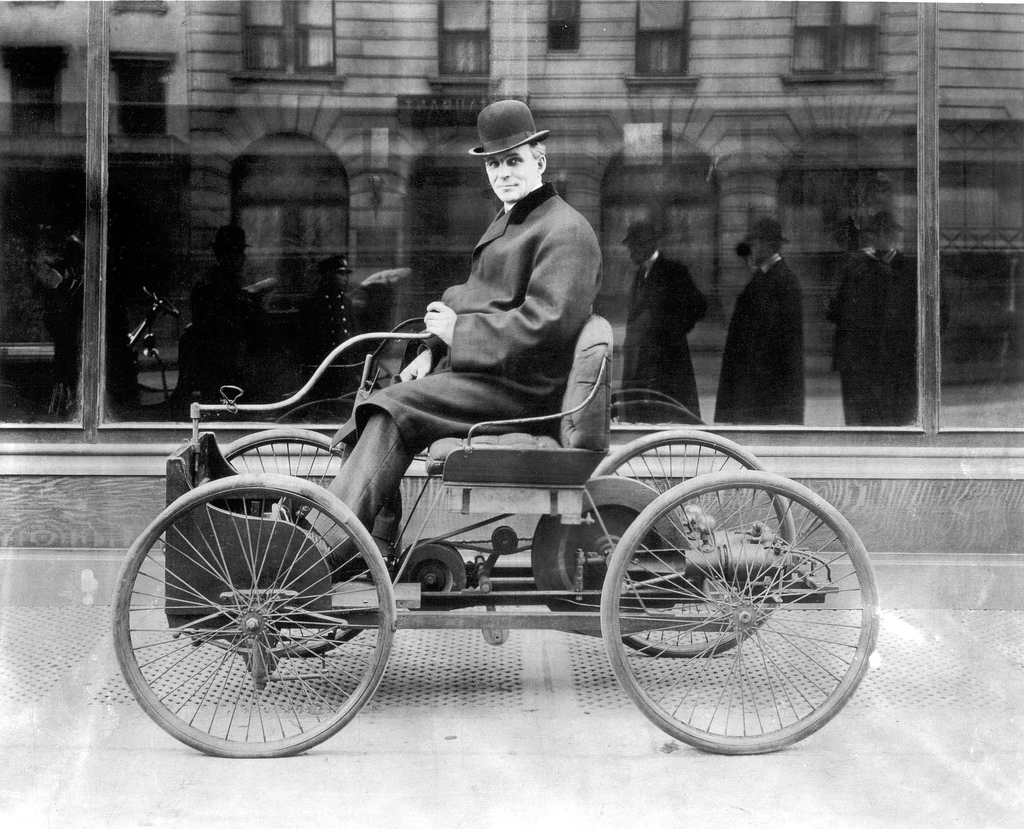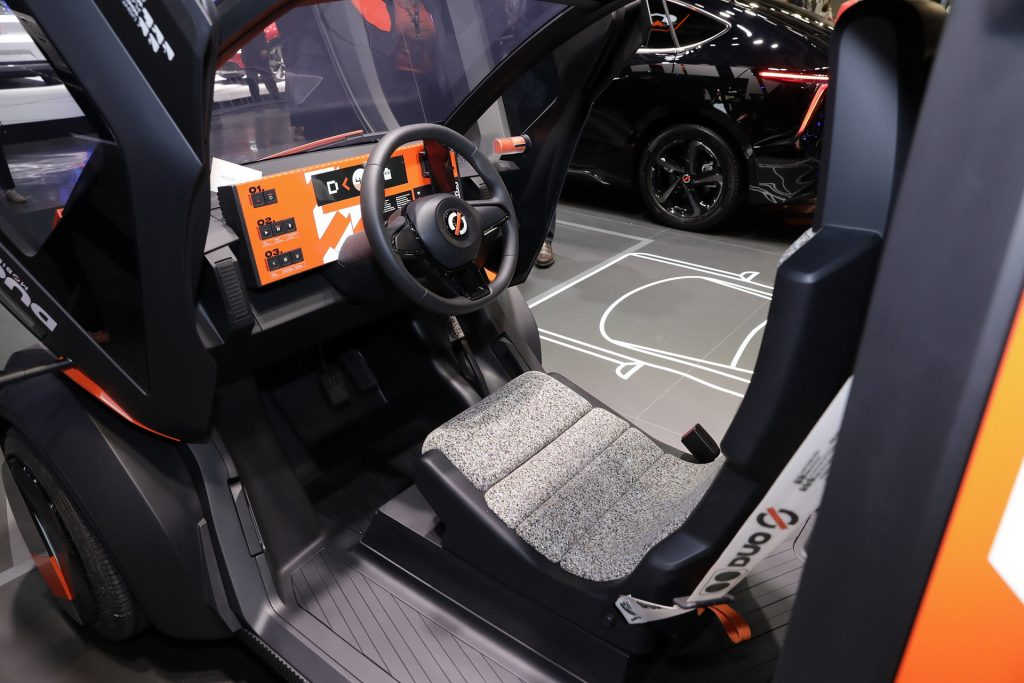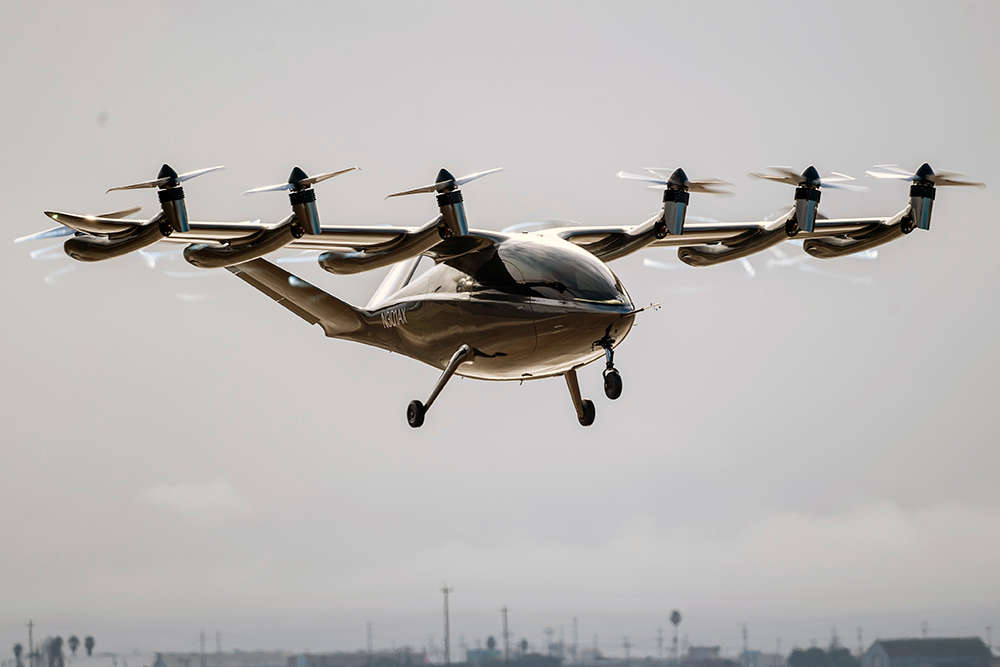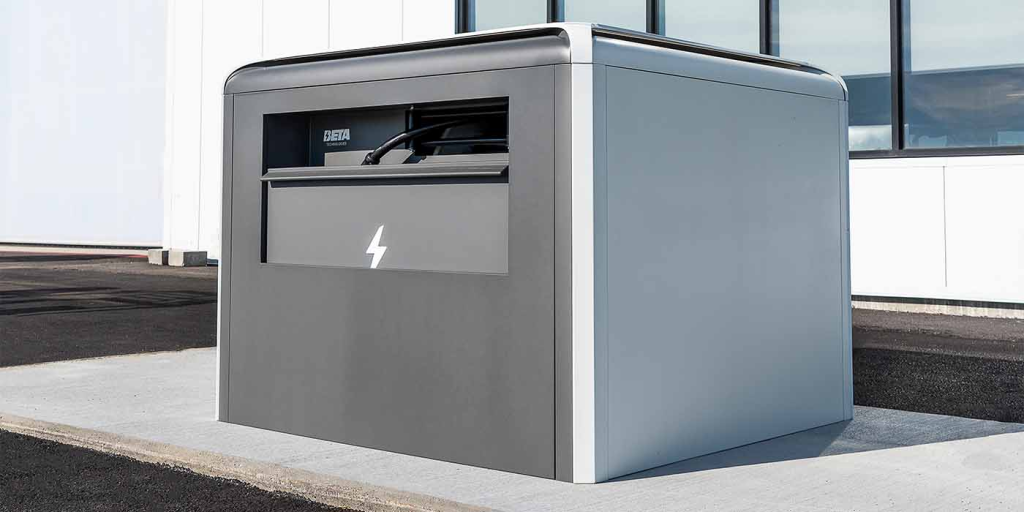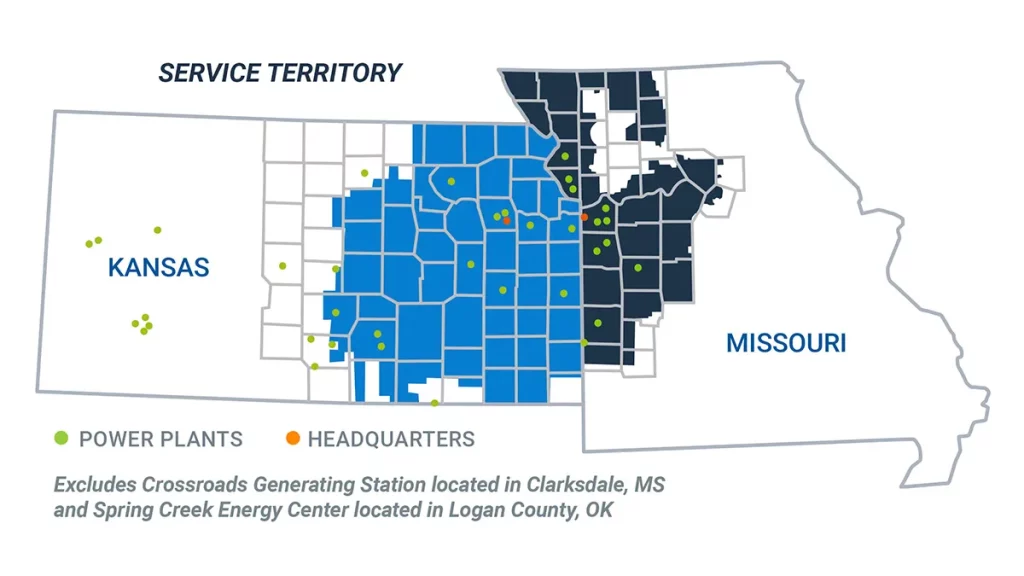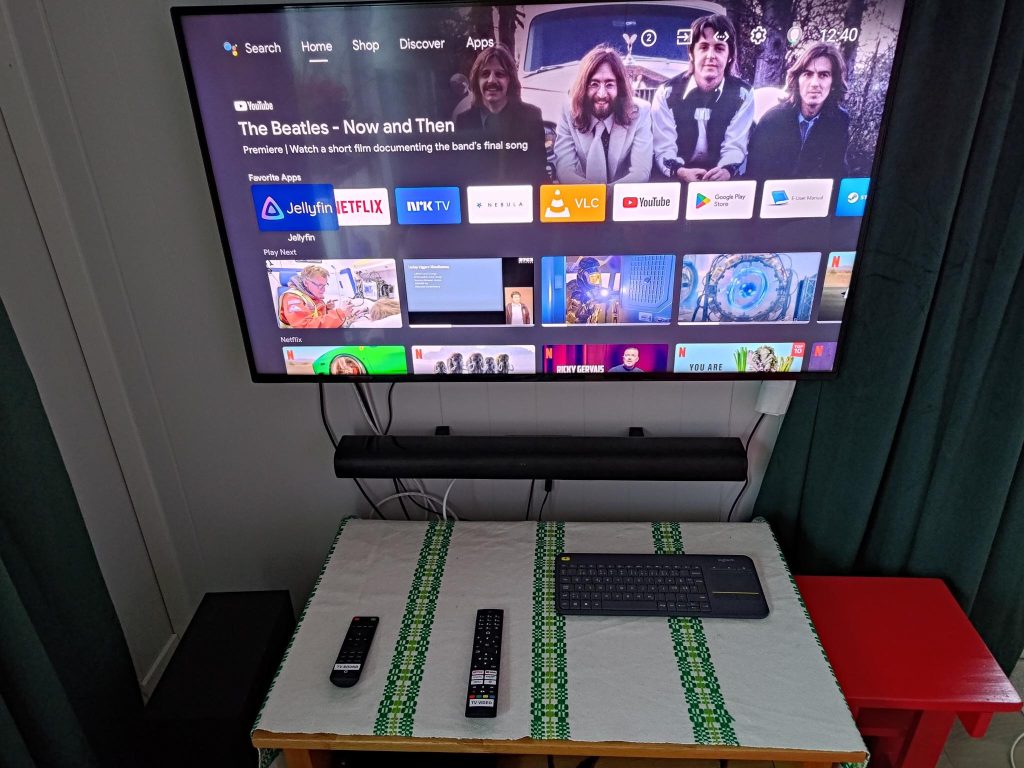
The first words written in this post were sound bars, in the title. As the text body emerged and grew, it became obvious that these devices had to be put in context. Yes, sound bars are important, but they are only one solution of many. Thus, without changing the title, I have allowed this post to present many different solutions to providing or preventing sound from enhancing or detracting from life. Sound bars are one of many appropriate solutions to the challenges presented by sound, for people with relatively normal hearing. For people with hearing disabilities another weblog post is being prepared about hearing loops, and other devices to help people hear better.
In my youth, the brother of one of my friends had made a reputation for himself, producing radio commercials for the Seattle WA area. I learned a lot about sound visiting this brother’s studio in the late 1970s. He had started his career as a DJ, where the goal was to have the largest listening audience, for his station’s audience segment. To do this he optimized his programming with a playback system using a single 3″ (75 mm) speaker, because that was the size and type of speaker found on most radios at the time. He wanted to optimize the sound for the average listener. Competitors, he said, most often used expensive, professional playback equipment. They fine-tuned their music and commercials to play optimally on audiophile equipment. He claimed that what that meant in reality, was that it sounded bad on the equipment most listeners used.
This event impacted me. I appreciate sound. I enjoy listening to music, the human voice and soundscapes, especially those in nature, but also industrial and artificial soundscapes, as long as I can reduce the sound levels. I have my hearing limitations, related to tinnitus, where listening to low decibel (dB) sound levels of music can be regarded as therapy. Almost by definition, I can never become an audiophile.
I am never quite sure where real audiophiles can be found. My experience with self-proclaimed audiophiles is that they are obsessed with discussing sound rather than listening to it. It is very likely that I have a prejudiced view of the phenomena. That will not prevent me from discussing this topic further.
It is often claimed that Audiophiles require sounds to be curated. First, every audiophile has a preferred medium: most often vinyl, but sometimes reel-to-reel tape or even CDs. Second, sounds need to be optimized for the listening environment, using equalizers so that sound produces perfect sound intensity (dB) characteristics at all frequencies humans can hear, typically 20 – 20k Hz. Third, those with hearing imperfections, will not hear these perfect sounds as intended. Of course, the sound system could be set up for a particular individual, but that would mean that everyone else would have a sub-optimal experience. Fourth, human speech in the soundscape, not to mention any other sound-producing activities, has to be avoided. That is because your average audiophile uses equipment has been designed for use in anechoic chambers = ultra quiet rooms, that are without echoes and are otherwise non-reflective. Indeed, many anechoic chambers are designed not just to stop sound reflections, but also electromagnetic waves. These rooms are often insulated to prevent energy from entering. This means a person (or more often, a detector, possibly a microphone) hears sounds directly. This rule is the one most often broken.
What I have experienced is that modest equipment, one step above entry level (read: cheap) is good enough for most people, including myself. As people age, and their hearing worsens, it is more important to avoid the extremes.
Soundscapes
People encounter many different soundscapes in their daily lives. When people enter a different soundscape, sometimes they have to use devices that can enhance or diminish sounds encountered. A soundbar is only appropriate in a limited number of these.
All of our family members have been issued their own -34 dB ear muffs/ defenders. We also have two additional pairs for guests, that can be borrowed. In addition, disposable ear plugs are also available. These are to be worn in the kitchen, workshop and even out on the lawn, when noisy (> 80 dB) machines can be used.
Ear muffs offer more protection at higher frequencies than ear-plugs, are designed to fit most people and can be adapted quickly and with little effort. Usage can be easily monitored. Their bright yellow colour means that they cannot be easily misplaced or lost. They can be worn with minor ear infections. When guests return them, they are cleaned so they are always available for others.
In other soundscapes, such as bedrooms or office spaces, headsets are frequently used, so that sounds produced there do not infiltrate other (typically adjacent) soundscapes. Needs vary. Many people will prefer in-ear models, others over-the-ear. The in-ear models will be wireless, as will some over-the-ear models. Some want to allow spoken voices in the room to penetrate their headset space, others want to avoid this. It is not simply a matter of taste. Preferences may be tempered by employers/ schools providing free equipment.
All residents who want them have been issued their own headsets. The difference between headphones, that only provide loudspeakers, is that a headset also contains a microphone. Ours are various Logitech G Pro models. Most guests saying with us, bring their own ear pods with them, but we can find suitable headsets if these are preferred. This allows people to engage in numerous activities such as listening to podcasts and music, or indulging in gaming. They can also be used for work or study.
Children’s bedrooms and adult’s home offices now need more computing equipment than they used before the pandemic, such as video cameras. In addition, people need faster internet speeds. Work and study computers supplement leisure oriented (read: gaming) computers. Many people prefer to use laptops, others opt for desktop machines. Younger eyes don’t seem to object to smaller screens. Older ones want larger screens, with the modern ideal being a 34″ ultra-wide in 21:9 or 32:9 format.
Over the 2020s, housing will continue to be modified to provide private work and study spaces. An important part of this will be sound insulation in various forms. People who have the opportunity to do so will also wire their residences with Ethernet cables, rather than relying on Wi-Fi. At Cliff Cottage all rooms have wired Ethernet coverage.
The pandemic altered work life, for many people. The office is no longer of supreme importance. Open office landscapes and open seating are disliked, not just for their disease spreading ability, but because they are inappropriate environments for accomplishing work, because of the numerous disruptions they promote. People appear to be more productive when they work from home. Thus, while there has been some rebound to the office after the pandemic, my prophecy is that this will decline in the coming years, stopping at about one day a week, mainly for meetings, by mid century.
Soundscape Case 1: At the local cooperative store, where most of our groceries are purchased, there has been a change in the appearance of staff. The store is open from 07:00 to 23:00. The retired population of Inderøy usually shops there between about 09:00 and 11:00, sometimes later, but usually avoiding the rush of workers heading to and from work, as well as the lunch hours when school children invade the store. With the retired population present, most of the staff are busy stocking shelves, but simultaneously listening to podcasts or music fed to their ear pods from their smartphones. Their listening does not impact anyone negatively, including themselves, provided they are listening at moderate sound levels.
Soundscape Case 2: At the opposite end of the scale are the råners = boars (literal translation from Norwegian), referring to people (mostly males) who have cruising roads and streets as their primary hobby. They typically transform their rear-wheel drive cars into high powered (typically 1 000 W) sub woofers. Their presence can be felt before they can be heard, or seen. The liberty råners take, negatively impacts others.
Sound bars
Sound bars can be disruptive, and incompatible with the work and study habits of individuals. They can be enjoyed in selective common areas, most often a living room, that can provide an audio-visual experience that can be shared by a group of people, typically referred to as a family. In offices, sound bars are also suitable when used with large screens or projectors for meeting use.
In the 1950s and 1960s, the number of audio and video devices in a living room increased in number. There were turntables for playing LPs and other types of records, tape decks of assorted formats for playing and recording tapes, followed by CDs in the 1980s. These were connected to amplifiers and speakers . For video, there were other developments such as VHS cassettes, laserdisks, DVDs and Blu-ray disks, along with dedicated players. Content also took up large amounts of wallspace.
In the 21st century machines for playing audio and video content, as well as the content themselves, started to disappear. Content was stored on files, that could be located in a cloud = someone else’s server, and/ or on one’s own devices, including servers. The most omnipresent device today is a hand-held device = smartphone.
The dominant element in a living room is now a large flat-screen television. Size varies from about 32″ (80 cm) to 80″ (over 200 cm). On 2023-11-27, we entered the modern age, when a Net-on-Net Andersson, QLED5031UHDA model, from , with a 50″ 4K (3840 x 2160) QLED screen, was delivered. It was not a sophisticated product, but gudenuf for our needs.
Smart televisions have become hubs, integrating components and services. Having owned one for less than two months, I have not mastered them, and have not started to modify one yet. This will come. Yet, there have been changes. Previously, a home theatre computer functioned as a hub. It took content from the internet as well as our server, displaying video an a 40″ (100 cm) screen. Audio was sent to an active speaker system with a built-in bass unit. It sent mid- and high range audio to two bookshelf speakers. These components have all been eliminated.
The audio challenge with flat-screen televisions, in contrast to their cathode ray tube (CRT) predecessors, is that they lack volume, as in three-dimensional space, to produce realistic sounds. Thus, television manufacturers have encouraged the use of sound bars and subwoofers to enhance sound.
A sound bar is a linear sound system, with built-in amplifiers and speakers positioned in a long but narrow and low box below a television screen, often fixed to a wall, but sometimes placed on a low bench. It is often accompanied with a separate box, containing a subwoofer speaker, that produces the bass notes.
Suggestion: Before acquiring a sound bar, measure the walls or surfaces where it could be located. This will provide information about the maximum length (often called width), height and depth available. Ensure that there is space on all sides of the soundbar. Speakers need volumes of air, to move sound into a room.
We have acquired an Andersson SRS 2.4 soundbar with subwoofer and remote control. It was part of a package deal with the flat screen television. It also supports Dolby Atmos surround sound technology, although we are not using it. Many people use satellite speakers to add surround sound effects, which simulates three directional sound. This topic will not be discussed any further here, but may be a topic for a future weblog post.
Cables connecting audio-visual components are important because their quality can significantly impact enjoyment of a product. When not in use, we store cables of the same type in separate plastic storage bags, with important data about them written on the bag. Increasingly we are marking each cable, and sometimes each end (if the connectors differ) on small cards with length, type, and other important characteristics written on it. Transparent tape is then used to attach the card to the cable, and to cover both sides of the card.
Two of the most common connectors/ interfaces for digital audio are S/PDIF = SPDIF = Sony/Phillips Digital Interface, and HDMI = High-Definition Multimedia Interface. Each uses their own specific type of cable, with S/PDIF being considerably thinner than HDMI cable.
SPDIF transmits only digital audio, using two different approaches: coaxial and optical. We have avoided coaxial cables and use Toslink = Toshiba link, a standardized optical cable system. It is preferred because it uses fiber optic cables, which are immune to electrical interference; it provides superior isolation and reduces the risk of ground loops; it is better for long-distance transmission due to its excellent signal integrity; it supports multi-channel audio formats like Dolby Digital and DTS.
If two pieces of equipment don’t share the same connector type, they can be joined using converters.
Theoretically, the best sound bar audio input option is HDMI (ARC) where: ARC = audio return channel. ARC sends audio from the television to the sound bar. HDMI also transmits digital video. On our system we started off using HDMI (ARK), but found we got better results using Toslink.
Sound bars typically allows input from two other types of inputs: USB-C and 3.5 mm jacks. They also support various types of music files, including high resolution streams of up to 24-bit/192kHz.
Digital audio provides higher fidelity compared to analogue audio because it does not allow noise to be added to the audio signal. Despite the claims of some hi-fi enthusiasts, digital is better than analogue.
CD, DVD, Blu-Ray and others players are quickly fading into the past, except when enthusiasts attempt to reclaim outmoded technology. In some parts of the world antennas will be used to access some content. Increasingly, more of it will come in through internet connections. In our municipality, antennas – including satellite dishes, are antiques from the past.
Most people will operate their audio-visual equipment with a remote control device or, increasingly, just a smartphone. Chromecast, in particular, can be used to transfer content from phones, tablets, laptops or similar devises to a television, and allow them to be played. Sometimes a keyboard can be useful to input text. We have a Logitech K400 keyboard for this purpose.
As with any new system, it can take time to learn operational procedures. Sometimes instruction manuals assume people know how to use the equipment! Initially, we write operating procedure proposals on a sheet of paper which can be modified as we learn more about system operation. After some time, a clear set of instructions emerges. We then transfer this information to the front of a book used to record viewing information.
Yes, we are so obsessive that we record data about each viewing of a documentary, television episode or movie, including series and episode number and its names, along with the first name initial of viewers present (mostly family members), and the date.
We store paper copies of all instruction manuals in a 50 litre plastic storage box. They are available if we need to access information. Increasingly, we are storing digital pdf files of instructions as files inside our server, so that they are accessible to anyone with a computer.
Fond memories
If you are over the age of 20, your days of being able to hear high-frequency sounds has ended. I remember a class who had acquired a device that could produce loud high-frequency sounds. When they turned it on in the classroom, they could all hear the noise this produced, but I was totally oblivious to it. Only their laughter gave it away.

